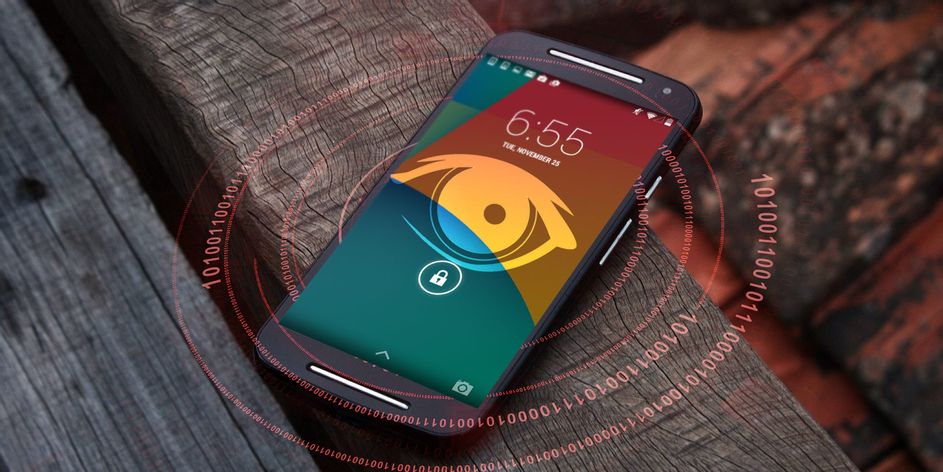Do you want to stop the possibility of your phone being tracked?
Your phone knows where you are standing or sitting at this moment. Most people know that. How else could you use GPS? While location tracking is essential for directions, it also helps digital marketers track you.
“Targeted advertising” is a massive phenomenon. Companies are eager to flood your screen with ads, which are primarily influenced by your day-to-day habits. Facebook, Apple, Microsoft, Amazon, Google, and many others make money off mobile ads, and they too need this information to power their data mining machines.
No matter what device you use, accessing the internet subjects you to behavioral tracking. If this practice bothers you, all hope is not lost. Take action.
1. Tweak your phone’s location settings
You can prevent iOS and Android from tracking you, but this process isn’t intuitive; the feature is buried inside privacy settings, and its default is to record your daily routine. Known as “Frequent Locations,” it keeps track of where you are and how long you stay there. It even knows where you live and work based on how long you’re there and the number of times you go.
If you find this unsettling, turn the feature off. Here are the basic steps but depending on your specific model and operating system, you may need to look around a bit.
Turn off location settings on Apple Devices
1. Click “Settings”
2. Go to “Privacy”
3. Select “Location Services”
4. Scroll down to “System Services”
5. Choose “Significant Locations” to see the logged record of where you’ve been; de-select this to turn it off
You can also clear your history here by clicking “Clear History.”
Change location settings on Android Devices
1. Open the App Drawer and go to “Settings”
2. Scroll down and tap “Location”
3. Scroll down and tap “Google Location Settings”
4. Tap “Location Reporting” and “Location History” and switch the slider to off
5. To delete your device’s location cache, tap “Delete Location History” at the bottom of the screen under “Location History”
6. Repeat this process for each Google Account you have on your Android device
2. Limit ad tracking
Ending location tracking may sound extreme, which is why you may prefer to combat the ads themselves. iOS and Android also provide built-in options to minimize and limit ad tracking.
These tools will not wholly stop companies from tracking your phone activities, and they won’t limit the number of ads you see, but they will allow you to reset your advertising ID and unlink any targeted advertising profiles that are associated with your particular gadget.
Here’s how to limit ad tracking on both iOS and Android:
iPhone, iPad, or iPod Touch – Go to Settings >> Privacy >> Advertising >> Toggle “Limit Ad Tracking” to On. You can also reset your Advertising Identifier in this section to unlink any previous data associated with your ID.
Android – Go to Settings >> Google >> Ads >> Toggle on “Opt out of ads personalization”
3. Stop Google from tracking your every move
Google services have recently come under fire for storing your location data – even if you’ve tweaked the privacy settings on your iPhone or Android gadgets.
To turn off Google’s location tracking for good, try these settings:
Turn off Web and App Activity:
1. Sign in to your Google Account.
2. Click on “Your personal info” in the “Personal info & Privacy” section.
3. On the left-hand pane, click on “Manage your Google Activity” and select “Go To Activity Controls.”
Here you can turn off the different types of data that are being saved to your Google account.
Pausing “Location History” doesn’t completely turn off Google’s location markers. Although it stops Google from adding your movements to your “Timeline,” location data is still being saved on your “Web and App Activity.”
4. Use a private browser on your phone
Many computer users are familiar with private web browsers. Lesser well-known are the browsers that allow you to search the internet on a mobile device anonymously.
One such app is Mozilla’s free Firefox Focus app. This anonymous mobile web browser blocks advertising, analytics and social trackers by default. It also erases passwords and browsing history after each session.
The mobile versions of Google’s Chrome and Microsoft’s Edge also have incognito and InPrivate modes you can use.
5.Control permissions on your apps
Before you install apps, always check the permissions they will require on their Google Play or Apple App Store app page. Android phones will also give you a rundown of the permission requests upon installation of an app. iOS apps will typically show you a permission access pop-up upon using a feature that requires specific access to your gadget.
Sometimes apps ask for more information than they need. That information can then be sent to companies who might use it for advertising.




